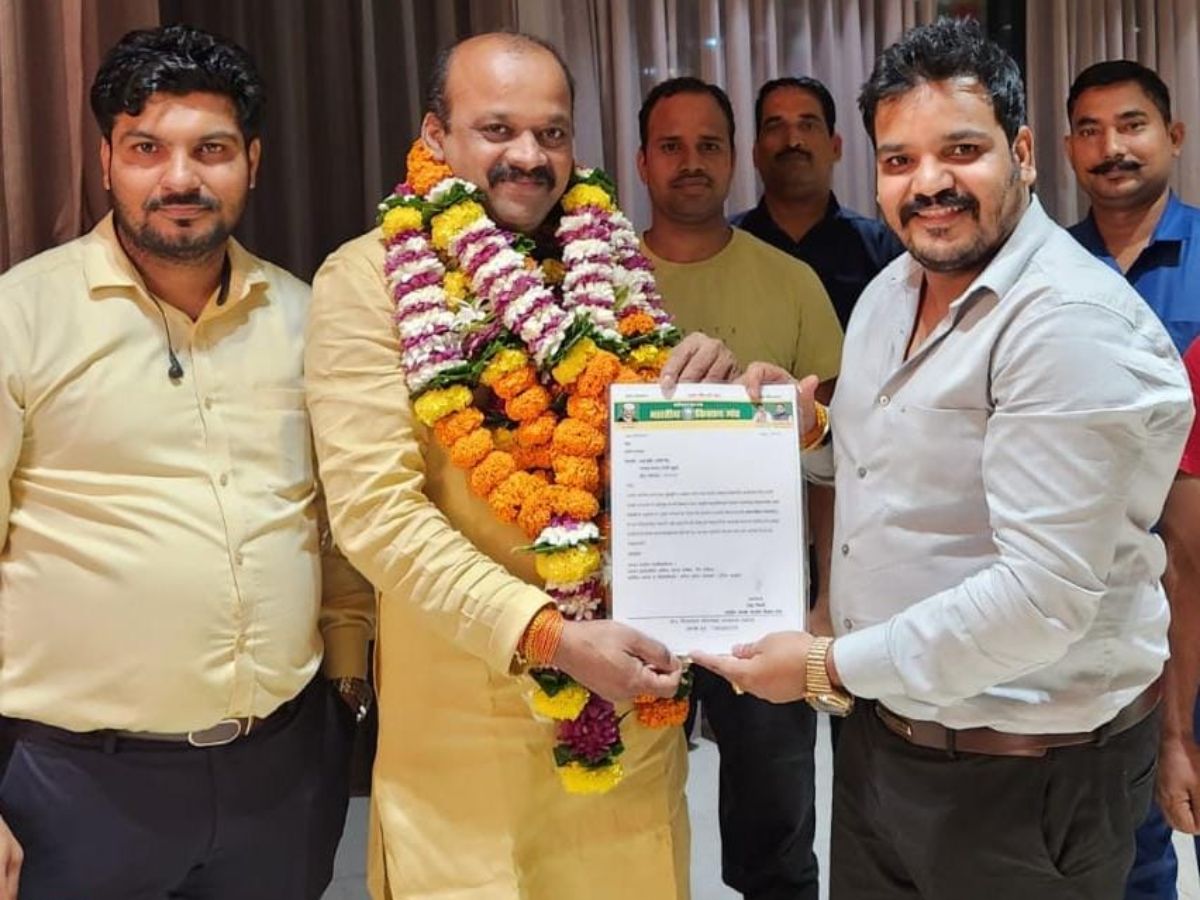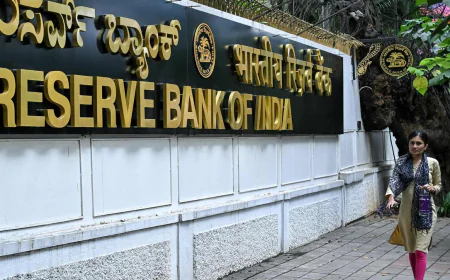Balancing Act: Romil Ramgarhia’s views on the Dangers and Opportunities in the Age of AI.

New Delhi (India), February 17: AI stands out as arguably the most significant development of the past decade, wielding the potential to be the vital technological force shaping our future. While it marks the next evolutionary step in technology, it’s essential to acknowledge that history has shown us that some groundbreaking inventions have a dual nature – they introduce unprecedented advancements but also usher in changes that may change the course of history…for worse.
As AI becomes increasingly integrated into our lives, it fundamentally alters the way we work, communicate, and interact with technology. Its pervasive influence is not merely a technological shift but a paradigmatic change that touches various aspects of society. However, the profound shifts brought about by AI also raise concerns about a lot of other issues. Let’s take a deep dive into the world of AI with Romil Ramgarhia Ex- COO of BARC India.
Want to get your story featured as above? click here!
Want to get your story featured as above? click here!
Artificial Intelligence (AI) has emerged as the cornerstone for global economic advancement. Predictions indicate that by 2030, the AI industry could inject a staggering $15.7 trillion into the world economy, surpassing the combined current GDP of India and China. Within India’s borders, the potential for an AI revolution is vast, given its standing as the world’s third-largest pool of AI talent. The country is experiencing a robust upswing in AI investments, with an impressive Compound Annual Growth Rate (CAGR) of 30.8%, poised to reach $881 million by 2023. This financial commitment underscores India’s dedication to leveraging the transformative capabilities of artificial intelligence.
Amid staggering figures and the positive use cases that highlight the immense potential of AI and its groundbreaking innovations, one might envision a world brimming with the marvels of artificial intelligence. However, the flip side to this optimistic narrative is equally real, or perhaps surreal – a realm shadowed by the potential threats posed by AI.
Romil Ramgarhia says, “Picture this: we engage with apps that cleverly merge our faces with those of celebrities, sparking amusement and marvel at the uncanny likeness. But what if this very technology, capable of harmless fun, falls into the wrong hands, posing a potential threat to security or being used for malicious intent? Deepfakes pose a tangible challenge that our country might find itself grappling with sooner rather than later.”
Driven by advanced machine learning, deepfakes have found diverse and positive applications. In the entertainment industry, filmmakers leverage this technology to create realistic CGI scenes and seamlessly integrate characters into historical contexts, streamlining production and unlocking creative possibilities. In marketing, businesses explore deepfakes to personalize advertisements, aiming for more intimate engagement with consumers and enhancing overall user experience. Additionally, in training simulations, deepfakes prove invaluable by offering realistic scenarios for professionals in fields like healthcare, defense, and emergency response, facilitating skill development in lifelike environments for better-prepared professionals across various sectors.
While the positive applications of deep fakes cannot be denied, the technology’s darker side raises legitimate concerns. One of the most significant threats lies in the potential for misinformation and manipulation. Deep fakes have the power to convincingly replicate individuals, raising the spectre of false narratives and malicious intent. This poses a significant challenge in the age of information, where discerning truth from fiction becomes increasingly difficult.
Privacy concerns also loom large, as the ability to manipulate visual and auditory content raises questions about consent and the potential misuse of personal data. Individuals may find themselves unwittingly cast in situations they never encountered, eroding trust and further complicating issues surrounding privacy rights.
“As we revel in the achievement of having over half of India’s population as active internet users, it prompts a thoughtful reflection on the flip side. This surge in connectivity, while commendable, also positions a considerable portion of our citizens as potential targets for fraudulent activities. To safeguard our digital realm, the government must not only keep abreast but be ten steps ahead, implementing robust policies and proactive measures for internet safety. Without such foresight, we are merely awaiting unforeseen challenges, jeopardizing the online security and trust of our nation.” Shares Romil Ramgarhia
Additionally, the political landscape is not immune to the impact of deepfakes. The technology can be exploited to create convincing videos of public figures, spreading misinformation, and potentially influencing public opinion, thus threatening the democratic process.
In 2020, the use of AI-generated deepfakes entered the political arena for the first time, with a series of videos featuring Bharatiya Janata Party (BJP) leader Manoj Tiwari circulating across multiple WhatsApp groups. These videos showcased Tiwari making allegations against his political rival Arvind Kejriwal in both English and Haryanvi, just ahead of the Delhi elections. Another incident involved a manipulated video of Madhya Pradesh Congress chief Kamal Nath, causing confusion about the fate of the State government’s Laadli Behna Scheme. Additionally, in May of the same year, a deepfake video surfaced, portraying Ukrainian President Volodymyr Zelenskyy urging his fellow citizens to lay down their weapons, following a cyberattack on a Ukrainian television channel.
“Despite the government’s acknowledgment of the AI threat, a significant challenge lies ahead, exacerbated by reports of personal data leaks online. Urgent action is imperative as the internet user base continues to expand rapidly.” Explains Romil Ramgarhia.
In this era of rapid technological evolution, acknowledging and addressing the potential drawbacks is crucial. Striking a balance between the benefits of AI and the potential disruptions it may cause ensures a more equitable and inclusive adoption of this groundbreaking technology. As we navigate this transformative journey, it becomes imperative to focus not only on the technological advancements themselves but also on the societal implications, fostering a future where the benefits of AI are harnessed responsibly for the greater good.













































































